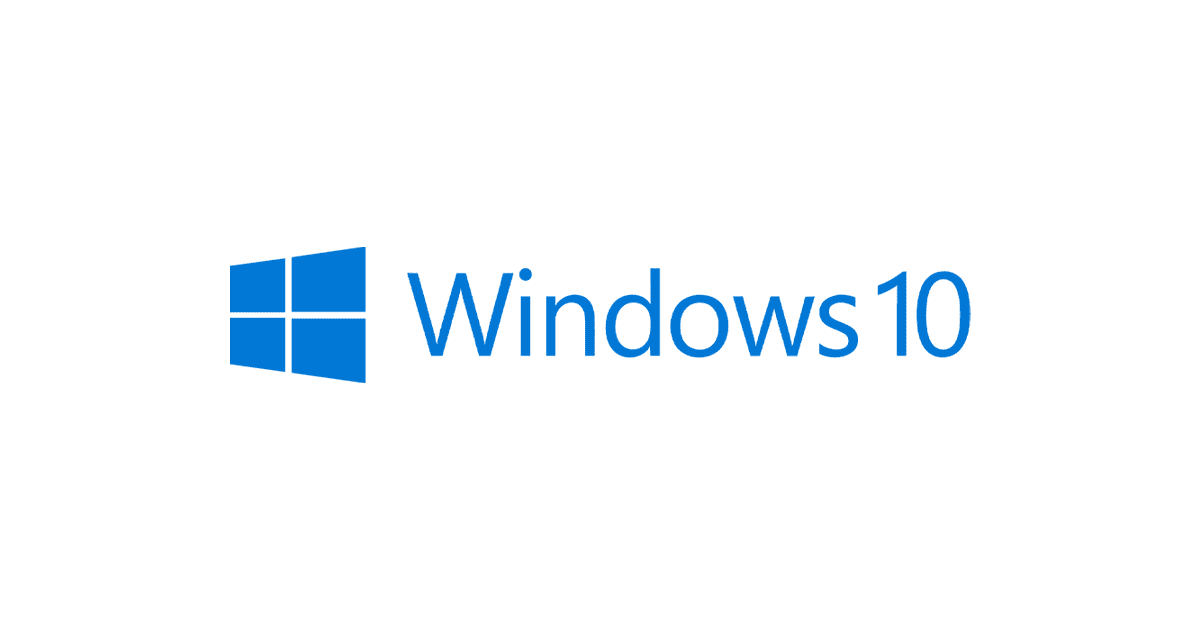How to Backup and Restore Start Menu Layout in Windows 10: A Step-by-Step Guide. If you want to move your settings to a new account or restore the Start menu layout when it’s causing problems to use this guide.
The new Start menu on Windows 10 is more useful and customizable than ever before. Everything you see and customize in the Start menu layout is stored in a database inside the TileDataLayer folder.
You can’t properly make a backup of your Start menu layout settings when you’re signed in to your account. This means that you’ll have to use another account or temporarily enable the built-in Administrator account on Windows 10.
To enable the built-in Administrator account, do the following:
- Use the Windows key + X keyboard shortcut to open the power user menu and select Computer Management
- Expand Local Users and Groups
- Select Users
- Double-click the Administrator
- Clear the Account is disabled option to enable the account.
6. Click Apply
7. Click OK.
NOTE: You can also create a new admin account, but temporarily enabling the Administrator account is a bit quicker.
How to backup the Start menu layout
To make a backup of your current Start menu layout:
- Sign out of your Windows 10 account.
- Sign in using another account or the built-in Administrator account.
- Open File Explorer.
- Click on the View
- Check the Hidden items option to show hidden files.

6. Navigate the following path:
C:\Users\YOUR-ACCOUNT-NAME\AppData\Local\TileDataLayerIn the path, replace YOUR-ACCOUNT-NAME in the path with the name of the user account with the Start menu layout you want to backup.
- Right-click the Database folder that contains all your settings and select Copy.
8. Open the folder location you want to save the database.
9. Right-click and select Paste.
How to restore the Start menu layout
If you don’t have another administrator account setup on your computer, remember to use the above steps to temporarily re-enable the built-in Administrator account on Windows 10.
To restore your Start menu layout, do the following:
- Sign out of your account.
- Sign in using another account or the built-in Administrator account.
- Open File Explorer.
- Click on the View
- Check the Hidden items option to show hidden files.

C:\Users\YOUR-ACCOUNT-NAME\AppData\Local\TileDataLayer6. Navigate the following path:
In the path, replace YOUR-ACCOUNT-NAME in the path with the name of the user account with the Start menu layout you want to backup.
- Right-click the Database folder that contains all the Start menu layouts and select Rename.
- Rename the folder bak and press Enter.
9. Open the folder location where you have stored the backup files.
10. Right-click the Database folder and click Copy.
11. Go back to the TileDataLayer folder for your account as noted in step 6.
12. Right-click and select Paste to restore the layout.
13. Sign out of the account.
After you completed the steps, sign back into your account, and now the Start menu should be restored with all your customization preferences.
Deleting old databases and disabling built-in account
The last thing left to do is to delete the Database.bak folder and disable the built-in Administrator account (if applicable).
To delete the old database, do the following:
- Use the Windows key + R keyboard shortcut to open the Run
- Type the following command to open the TileDataLayer folder and press Enter:
%HOMEPATH%\AppData\Local\TileDataLayer- Right-click the bak folder and select Delete.
To disable the built-in Administrator account on Windows 10:
- Use the Windows key + X to open the power user menu and select Computer Management.
- Expand Local Users and Groups.
- Select Users.
- Double-click the Administrator
- Check the Account is disabled option to disable the built-in account.
6. Click Apply.
7. Click OK.
Windows 10 Backup the start menu layout.























